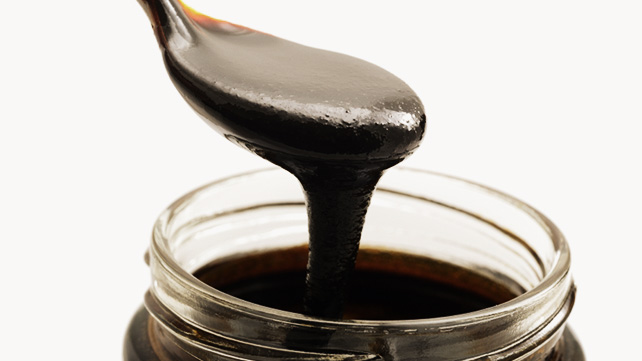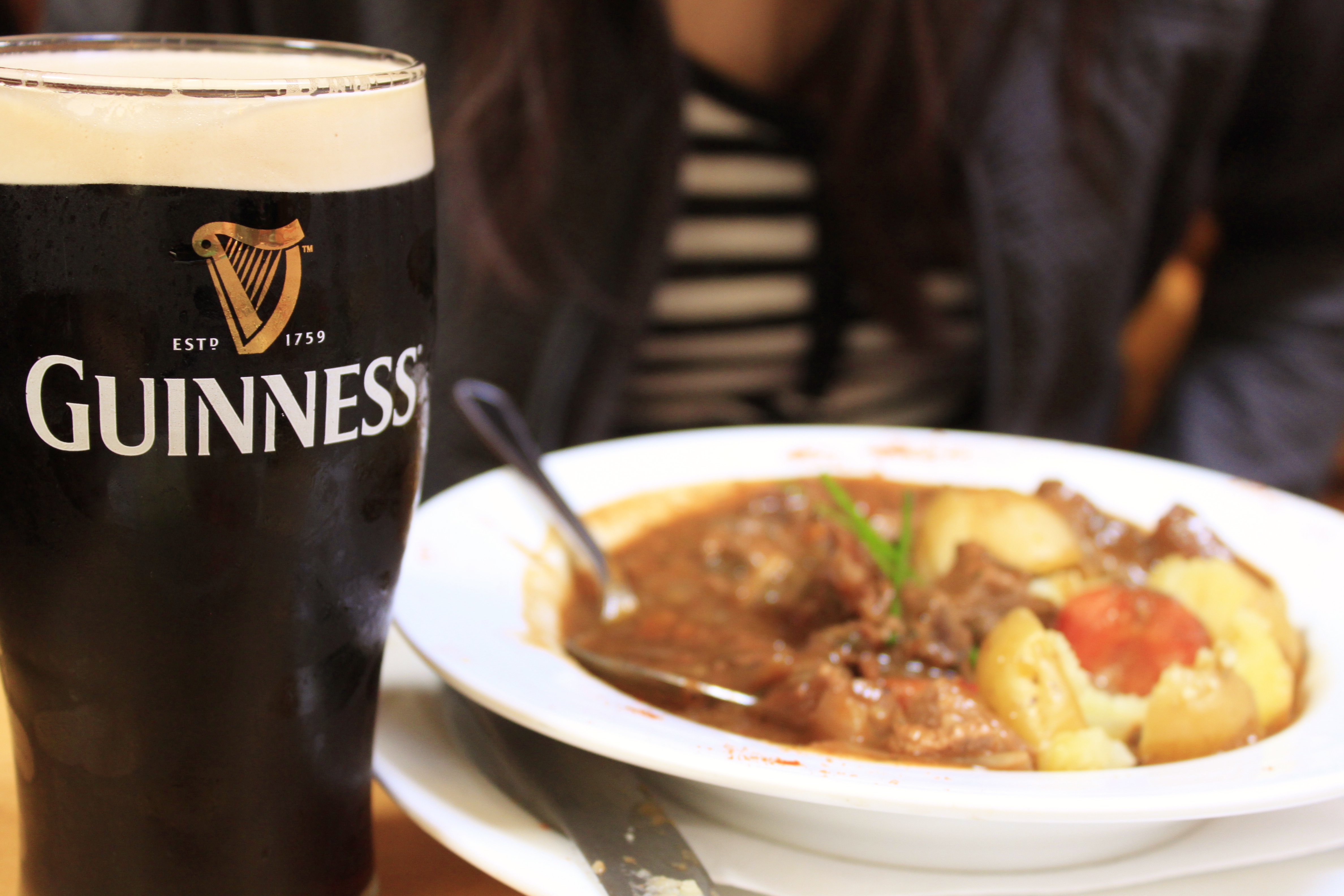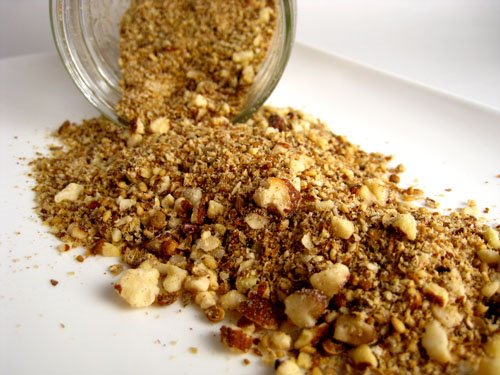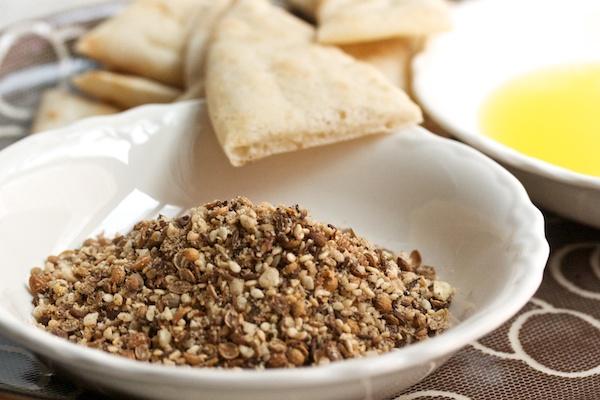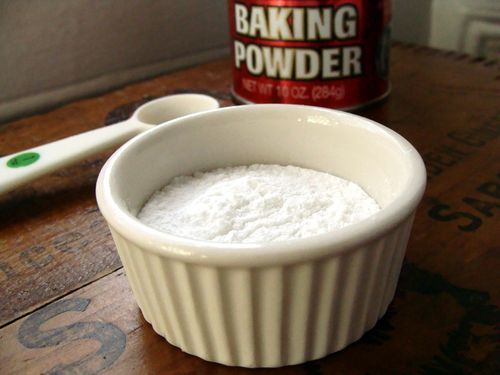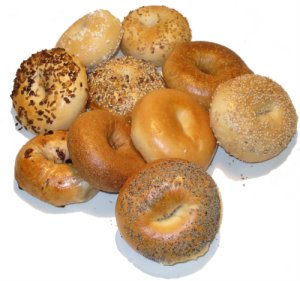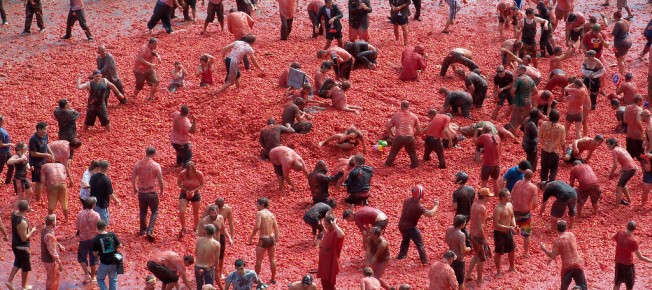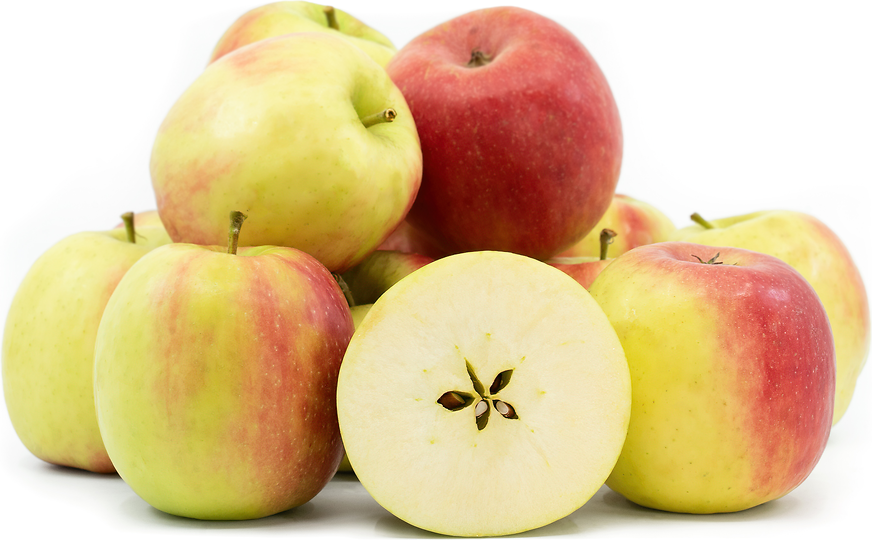Here's a simple recipe from the pages of Fine Cooking magazine that you can try that will highlight the flavors of whole grain pasta:
Whole-Grain Penne
with
Sun-Dried Tomatoes & Corn

Sweet, chewy dried tomatoes and brown butter infused with orange zest and spicy chile boost the whole-grain flavors of the pasta in this simple yet scrumptious weekend dish.
Ingredients
fine sea salt 1 oz (1 cup) finely grated pecorino romano;
12 oz whole grain penne more for serving
2 1/2 cups (12 oz) fresh or frozen 1/4 cup oil packed sun-dried tomatoes,
corn kernels drained and chopped
3 oz (6 Tbsp) unsalted butter, 1/2 cup packed torn fresh basil leaves (1/2 oz),
cut in a few pieces preferably Thai basil
1 Tbsp finely grated orange zest
1 Fresno or other small fresh red chile, minced (remove seeds & ribs for less heat)
Directions
Bring a large pot of well salted water to a boil. Cook the pasta according to the package directions until not quite al dente. Add the corn and cook for 1 minute.
Meanwhile, place a small heatproof bowl next to the stove. In a small, heavy duty saucepan (preferably stainless steel so you can monitor the color of the butter), melt the butter over medium-low heat and cook, watching closely and swirling occasionally, until it is golden brown with brown specks, 6 to 8 minutes. Add the orange zest and chile (it will sizzle and foam), and cook, stirring for 30 seconds, then immediately pour into the bowl.
Reserve 3/4 cup of the pasta cooking water. Drain the pasta and corn, and return the mixture to the pot or a large heated serving bowl. Using a large serving spoon, stir in 1/4 cup of the pasta water, the butter mixture, cheese and sun-dried tomatoes. Toss vigorously for about 2 minutes until a glossy sauce forms, adding a bit more cooking water as needed to loosen the sauce. Season to taste with salt. Sprinkle with the basil. Serve immediately, passing more cheese at the table.
Serves 4 to 6

